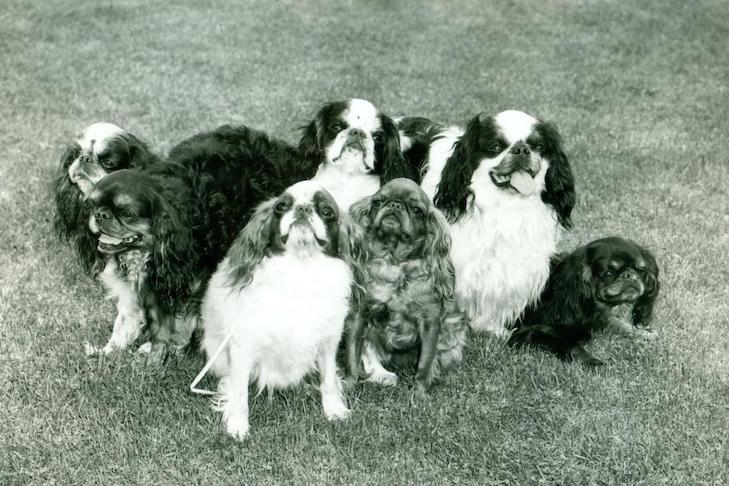
Though we share the same mother tongue, Americans have plenty of linguistic differences with our friends across the pond.
In Great Britain, you live in a flat, not an apartment. You go on holiday, not vacation.
And you cuddle your King Charles Spaniel, not your English Toy Spaniel.
In a nod to these verbal variances, let’s be clear about the breed we are – or, more to the point, aren’t – talking about here. We are not referring to what fanciers in both countries call the Cavalier King Charles Spaniel, which is so beloved in the U.S. that this year it was the 16th most popular breed registered by the American Kennel Club. No, we are talking about a much rarer, but very closely related breed, with a flatter face and without the word Cavalier in its official name.
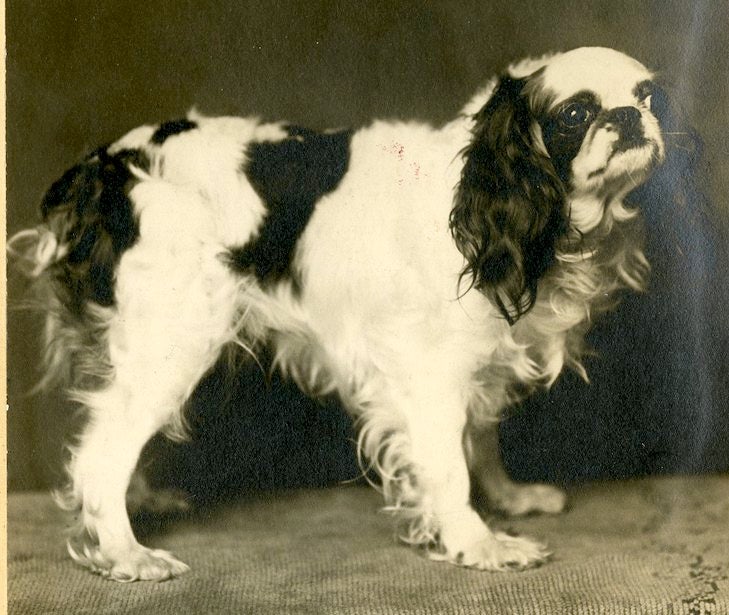
The Role of King Charles II
Even though its Americanized name does not mention King Charles II of Great Britain, the English Toy Spaniel is indelibly associated with that monarch, whose political life was something of a rollercoaster.
The king’s travails began in 1649, when his father, Charles I, was executed at the height of the English Civil War – reportedly with his own black-and-white spaniel, Rogue, at his side. In short order England was ruled by Oliver Cromwell, and 19-year-old Charles fled to the Continent. Like all European royalty, he was part of a web of far-flung but kindred bluebloods, and his relations in France and the Netherlands provided a palace roof over his head.
On his 30th birthday in 1660, the peripatetic Charles was invited back to England, where the following year he was installed as king, complete with new crown, as that of his executed father’s had been melted down years before.
Fully living up to his “Merry Monarch” nickname, Charles II was a popular ruler, known for mingling with his subjects without being recognized. In sharp contrast to the Puritanism of Cromwell, the once-exiled king was an unapologetic hedonist, producing a dozen children with seven mistresses ranging from a countess to an orange seller. (The late Princess Diana descends from two of Charles II’s illegitimate sons; when her son Prince William eventually becomes king, he will be the first British monarch to be directly related to this roguish royal, who had no legitimate children of his own to ascend the throne.)
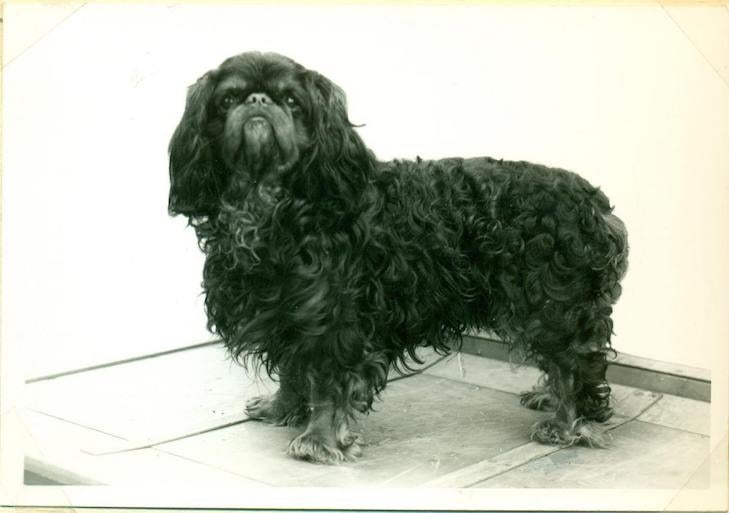
Surrounded by Spaniels
In addition to being a playboy, Charles II was also a passionate dog breeder. When he died of a stroke at age 54, a cluster of his spaniels – as many as a dozen – were at his bedside. It wasn’t unfamiliar territory: The spaniels would always follow the king to his bedroom, even whelping their puppies there, which prompted at least one observer to note how “nasty and stinking” the court was as a result.
The famous British diarist Samuel Pepys made a point of commenting that the dogs commanded the king’s attention even over affairs of state: At a 1666 council meeting, he wrote, “all I observed there was the silliness of the King, playing with his dog all the while and not minding the business.” Pepys noted that the king’s dogs had unfettered access to the royal residence at Whitehall Palace, which may have given rise to the urban legend that an Act of Parliament permitted them to enter any British establishment. There is no record of such a law or a formal degree by the king, but then, again, it’s likely he didn’t need to issue one.
After the death of Charles II, a number of royals continued to breed the sporty spaniels that had captured his heart, cementing the common color patterns seen in the breed. Charles’ brother James II – who put his dogs on par with his own son during a storm at sea when he reportedly bellowed “Save the dogs and the Duke of Monmouth!” – was associated with black-and-tans. The Duke of Marlborough bred a line of chestnut-and-white spaniels that took the name of his Blenheim Palace. Tricolor spaniels continued to be called Prince Charles Spaniels, and hundreds of years later, in 1875, the first Ruby colored toy spaniel was documented.
By the early 1900s, the British Kennel Club attempted to merge all four patterns and colors under the name Toy Spaniel, but fanciers objected. King Edward VII interceded with his preference for the name King Charles Spaniel, while American dogdom proceeded with the more generic name that the Brits rejected.
All that explains the divergence of breed names across the Atlantic. But it doesn’t explain the difference between the English Toy Spaniel and the Cavalier King Charles Spaniel – not just in name but also, markedly, appearance.
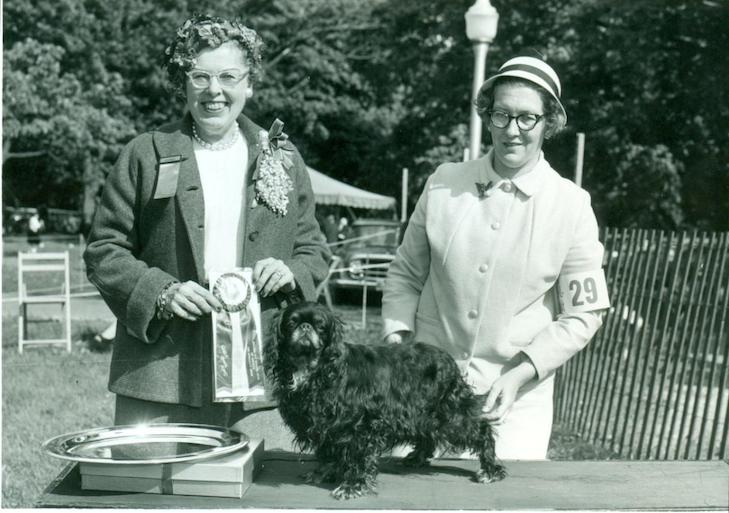
English Toy Spaniels vs. Cavalier King Charles Spaniels
The two breeds diverged with the popularity of toy dogs arriving from Asia. Among Charles’ royal Dutch cousins, the Pug became the official dog of the House of Orange, igniting a fascination with flat faces and prominent eyes. In Italian and French courts, smaller “comforter spaniels” with domed heads flourished among ladies of the court, becoming as much a must-have accessory as a silk parasol. The arrival of the Japanese Chin (which, in all actuality, derived from China) cemented all these characteristics – small size, flat nose and domed skull – into one package, and it too was crossbred to British spaniels to further the development of the English Toy Spaniel.
And so, starting in the early 1700s and accelerating rapidly as the Victorian era dawned two centuries later, the longer-muzzled, robust hunting spaniel of King Charles II morphed into the snub-nosed, lap-warming English Toy Spaniel we have today.
While it’s tempting to dismiss the English Toy Spaniel as a fad for brachycephalic breeds that persisted over centuries, the truth is a bit more complex than all that. Though we think of the British monarchy as stuffy and stultified, the evolution of this toy spaniel shows that it has been anything but. Under that patina of unflappability, there is a culture that has effortlessly, even eagerly absorbed influences from around the world, reinvigorating itself in the process.
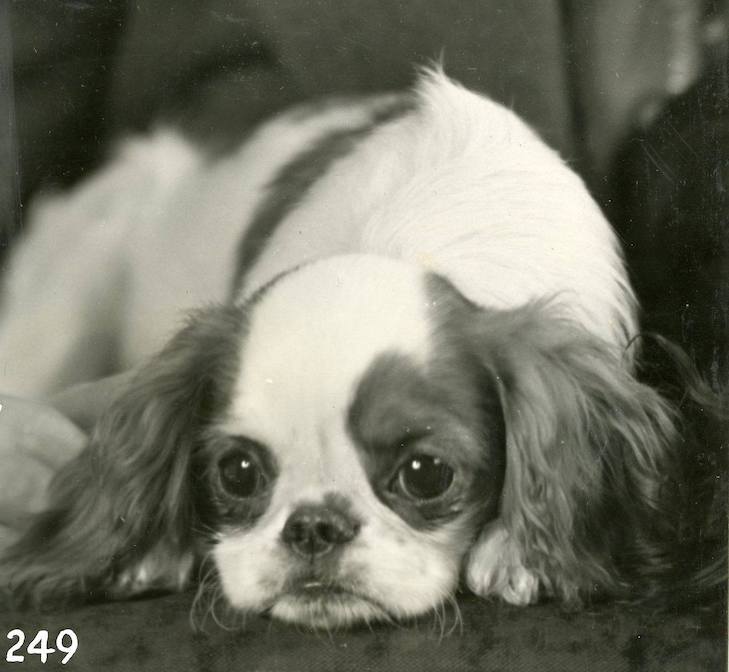
Today’s Toy Spaniels
As for Charles II’s original spaniel, one that was still theoretically up for a morning’s leisurely hunting, it was all but obliterated by the centuries-long popularity of the daintier English Toy Spaniel. But that earlier version eventually resurfaced – with a vengeance, at least in terms of its current popularity – in the form of the Cavalier King Charles Spaniel.
However confusing, having two breeds inspired by a king who believed in pursuing happiness wherever it led seems altogether fitting.

